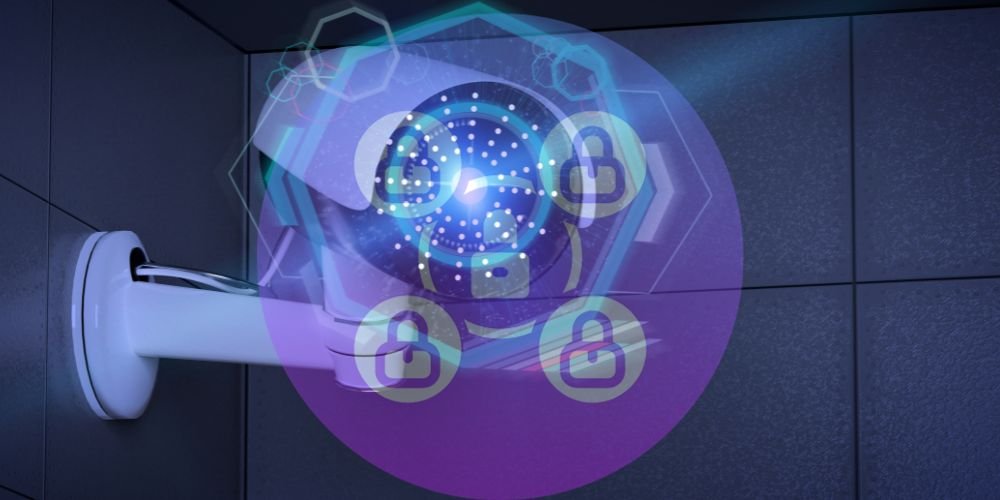In the expansive realm of cloud computing, security is of paramount importance. Cloud Intrusion Detection Systems (Cloud IDS) emerge as crucial guardians, providing a vigilant watch over digital assets to identify and thwart potential threats. This comprehensive exploration delves into the multifaceted world of Cloud IDS, unraveling its core principles, challenges, innovative solutions, and the transformative impact it has on fortifying the security posture of cloud-based services.
The Significance of Cloud IDS
Cloud IDS plays a pivotal role in fortifying the security of cloud environments. It is an active defense mechanism, constantly monitoring and analyzing network traffic, user behavior, and system activities to detect and respond to potential security incidents. The significance of Cloud IDS lies in its ability to provide real-time threat detection, incident response, and mitigation strategies, ensuring the integrity and confidentiality of data within the cloud-based infrastructure.
Core Principles and Components of Cloud IDS
At the heart of Cloud IDS are core principles centered on proactive threat detection, real-time analysis, and adaptive response mechanisms. The components of Cloud IDS include sensors, analyzers, and response modules. These components work cohesively to create a robust security framework that can effectively identify and neutralize potential threats within the dynamic and complex cloud environment.
Sensors
Sensors are foundational components of Cloud IDS, strategically placed throughout the cloud infrastructure to capture and analyze network traffic and system events. These sensors act as the first line of defense, monitoring data flows and generating alerts when suspicious activities or anomalies are detected. Sensors provide the necessary visibility into the cloud environment, allowing the IDS to identify potential security incidents promptly.
Analyzers
Analyzers within Cloud IDS are responsible for processing sensor data. These components employ advanced algorithms and signature-based detection methods to analyze network packets, user activities, and system logs. Analyzers distinguish normal behavior from potential threats, leveraging predefined patterns and behavioral baselines to identify deviations that may indicate security incidents.
Response Modules
Response modules in Cloud IDS are tasked with taking action upon detecting security incidents. These modules can trigger automated responses, such as blocking malicious traffic, isolating compromised systems, or alerting security personnel for manual intervention. Response modules ensure that the Cloud IDS identifies threats and actively mitigates them to prevent or minimize the impact on the cloud infrastructure.
Challenges in Cloud IDS
Despite its significance, Cloud IDS faces several challenges that require strategic solutions to ensure the effectiveness of security measures within cloud environments.
Evolving Threat Landscape
The dynamic and evolving nature of the threat landscape poses a continuous challenge for Cloud IDS. Cyber adversaries employ sophisticated techniques, making it crucial for intrusion detection systems to adapt rapidly to new threats. Keeping pace with emerging attack vectors and tactics requires continuous updates and enhancements to the detection mechanisms within Cloud IDS.
Scalability
The scalability of Cloud IDS is a challenge in the context of cloud environments’ expansive and dynamic nature. As cloud infrastructures scale up or down based on demand, intrusion detection systems must be able to adapt without compromising performance. Ensuring that Cloud IDS remains effective in small-scale and large-scale deployments is essential for comprehensive security coverage.
Encryption and Privacy Concerns
The widespread use of encryption in cloud communications poses challenges for traditional intrusion detection methods. Encrypted traffic can hide malicious activities from the view of IDS sensors, making it difficult to detect threats within encrypted communications. Balancing the need for privacy with the necessity of effective intrusion detection requires innovative approaches and technologies within Cloud IDS.
False Positives and Negatives
Balancing identifying genuine threats while minimizing false positives and negatives is an ongoing challenge for Cloud IDS. False positives can lead to unnecessary alerts and disruptions, while false negatives may result in undetected security incidents. Achieving high accuracy in threat detection without impeding legitimate activities remains a complex aspect of Cloud IDS.
Innovative Solutions for Future Cloud IDS
The future of Cloud IDS is marked by innovative solutions that leverage advanced technologies and methodologies to address emerging challenges and enhance overall security posture.
Machine Learning and Behavioral Analysis
Integrating Machine Learning (ML) and behavioral analysis is a transformative trend in Cloud IDS. Machine learning algorithms can analyze normal behavior patterns and detect anomalies, enhancing the system’s ability to identify previously unknown threats. Behavioral analysis provides a context-aware approach, allowing Cloud IDS to adapt to changing user activities and network behaviors.
Threat Intelligence Integration
Integrating threat intelligence feeds into Cloud IDS processes enhances the system’s understanding of current and emerging threats. By leveraging real-time threat data, Cloud IDS can prioritize alerts based on the relevance and severity of potential security incidents. Threat intelligence integration ensures a more context-aware and informed intrusion detection strategy.
Automated Incident Response
Automated incident response capabilities are emerging as a critical solution for Cloud IDS. The ability to automate responses to detected threats reduces the time between detection and mitigation, minimizing the impact of security incidents. Automated incident response ensures a swift and efficient reaction to potential threats within the cloud environment.
Conclusion
Cloud IDS is a stalwart defender in cloud security, safeguarding digital assets against an ever-evolving threat landscape. The significance of real-time threat detection, proactive response mechanisms, and adaptive security measures cannot be overstated. Despite challenges, ongoing innovations in Cloud IDS, including the integration of machine learning, threat intelligence, and automated response capabilities, promise a future where cloud environments remain resilient, secure, and capable of withstanding the dynamic nature of cyber threats.
As organizations embrace the cloud for its flexibility and scalability, strategic and dynamic Intrusion Detection Systems will remain instrumental in preserving the integrity of cloud-based services and fortifying the digital fortresses against potential adversaries.





